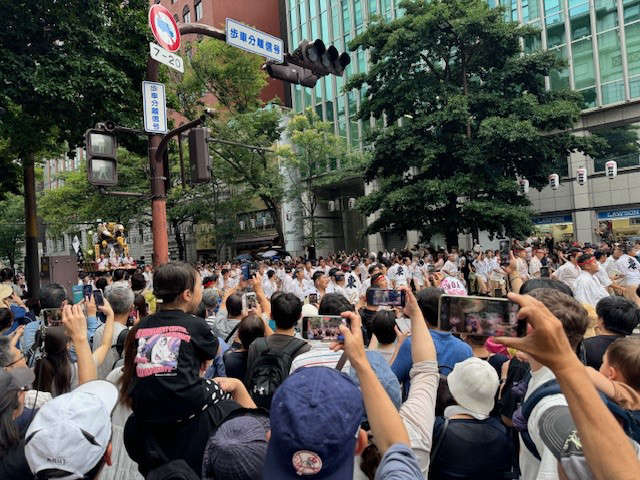
Another column, another national holiday to write about!
I know many of you must think that all we do in Japan is celebrate national holidays. The summer and fall seasons do have quite a few observed holidays, so it must seem like there are a lot. Actually, Japan probably does have more nationally observed holidays than most countries.
I personally think it may be related to the fact that many Japanese workers rarely take personal days or paid time off (PTO), so gradually the government put into place (over literally a period of hundreds of years) a system where a number of unofficially observed events that may have been socially, politically, or religiously motivated originally, into nationally observed holidays.
For example, Shinto or Buddhist observances were so popularly observed throughout the country anyway that they eventually were adopted officially as holidays. Some have undergone name changes, but the origin and intention for the particular holiday is still clear.
Every year, on Nov. 3, Japanese people observe “Culture Day” or “Bunka no hi.” If the holiday happens to be on a Sunday, then the next day, Monday, is often observed as the holiday which is the case this year. So, why does Japan even have a holiday dedicated to culture and cultural endeavors?

Traditionally, Nov. 3 commemorated the birthday of Emperor Meiji, which started in 1868 and ended at his death in 1912. In 1927 it was named “Meiji-setsu,” which was done to honor the legacy of and to continue observing the virtues of Emperor Meiji, but because the next emperor, Taisho, had his own birthday-related holiday, it was no longer observed solely as a birthday celebration. The meaning of the celebration basically changed in 1946 with the post-war constitution, but it was decided in 1948, (because it had been celebrated for so long and had become an entrenched holiday), to be renamed “Culture Day” through the National Holiday Law.
Emperor Meiji is a larger-than-life figure in Japanese imperial history and is credited with reclaiming the dignity and power of the imperial family from the powerful feudal groups of Shogun who had taken over the running of the country (roughly from 1185 through 1868). For some time, the emperor had become more of a symbolic position in name only because the shogun who headed powerful ruling landowning families were really in control by forming lucrative relationships between lords and vassals where land was exchanged for loyalty and military protection.
Emperor Meiji is credited with and was instrumental in abolishing the shogun-led government that was running the country in order to propel Japan onto a course of rapid modernization and advancement. He effectively ended the feudal system of society that had an iron grip on Japan and had long been a hallmark of Japanese political and military power for hundreds of years.
That’s the historian in me … I cannot help myself to add an historical perspective sometimes!
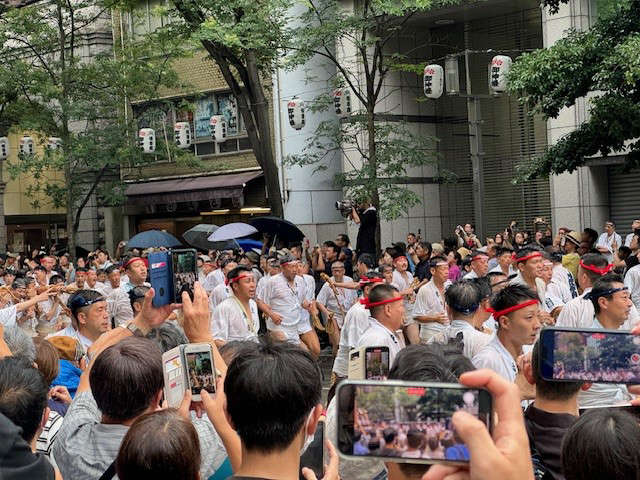
Back to “Culture Day.” Today, the basic purpose of celebrating “Culture Day” is to honor Japan’s rich and varied traditional culture in not only the fine arts, but also in academia, the sciences, literature, sports, technology, and education. Communities throughout Japan mark the day with events like art exhibitions, parades, special shows and performances, and even local festivals.
When I lived in Hirosaki, Aomori prefecture, the main street in the city was closed off and a huge parade was held. Afterward, vendors filled the street with stands to sell things or to demonstrate traditional crafts by artisans who had mastered the traditional art forms. Many booths featured interactive opportunities for kids to try to do different art forms, as well.
Origami and calligraphy stations seemed to be quite popular and common. Because Tsugaru Shamisen is a traditional type of music from the area, there were always shamisen competitions and shamisen performances on Culture Day.
In Tokyo, annually the reigning emperor holds “The Order of Culture” awards ceremony at the imperial palace to honor those citizens who have made significant and outstanding contributions to Japanese culture. Many museums open their doors with free admission on Culture Day to encourage people to come in and immerse themselves in Japanese culture and history.
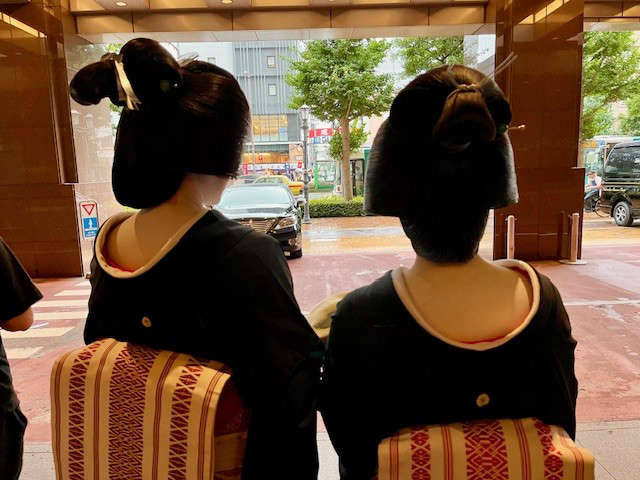
Popular foods for Culture Day include grilled eel, soba noodles, and tempura. Of course, other festival foods are often available such as yakisoba (a hearty, stir-fried noodle dish), Takoyaki (a savory ball-shaped fried cake that has chopped octopus inside, usually prepared on a special griddle), Okonomiyaki (often called a Japanese “pancake”, but it is more like a Japanese pizza in my opinion, prepared in a pan or on a griddle that is made of batter and raw cabbage and is enhanced with various toppings and ingredients from meat to seafood to wasabi, and even cheese), Ikayaki (grilled squid lathered in soy sauce), Yakitori (grilled chicken on a skewer covered in sauce), and/or Karage (bite-sized boneless crispy fried chicken nuggets), to name a few.
Early November is a great time to visit Japan because the sweltering summer heat is no longer an issue and the crisp autumn breezes are pleasant and humidity free, which includes normally very nice weather with blue skies that feature big fluffy clouds. The changing of colors of the autumn trees is lovely to see, too.
And an added bonus would be to partake in the many featured “Culture Day” activities held throughout Japan on Nov. 3 every year!


 Runnebohm Construction announces ownership transition to Chris King
Runnebohm Construction announces ownership transition to Chris King
 Free admission to DNR properties for veterans, active-duty military, Nov. 11
Free admission to DNR properties for veterans, active-duty military, Nov. 11
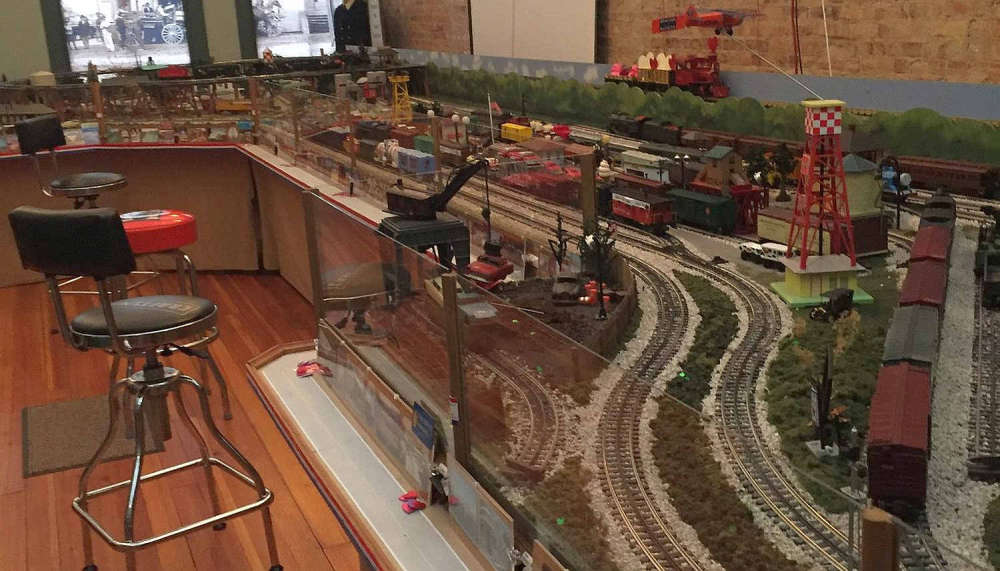 Make plans to attend the M.C. Musuem before the Lighted Christmas Parade Nov. 29
Make plans to attend the M.C. Musuem before the Lighted Christmas Parade Nov. 29
 Indiana Grown Holiday Box highlights local businesses for the third year
Indiana Grown Holiday Box highlights local businesses for the third year
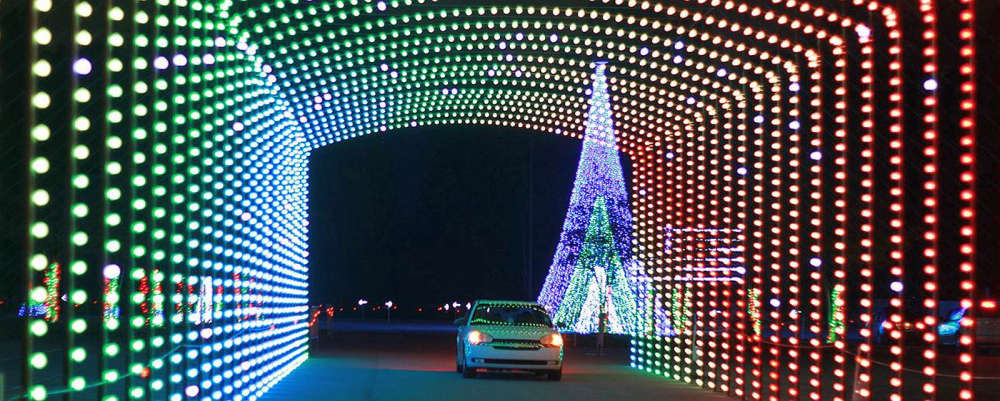 Christmas Nights of Lights returns to the Indiana State Fairgrounds
Christmas Nights of Lights returns to the Indiana State Fairgrounds
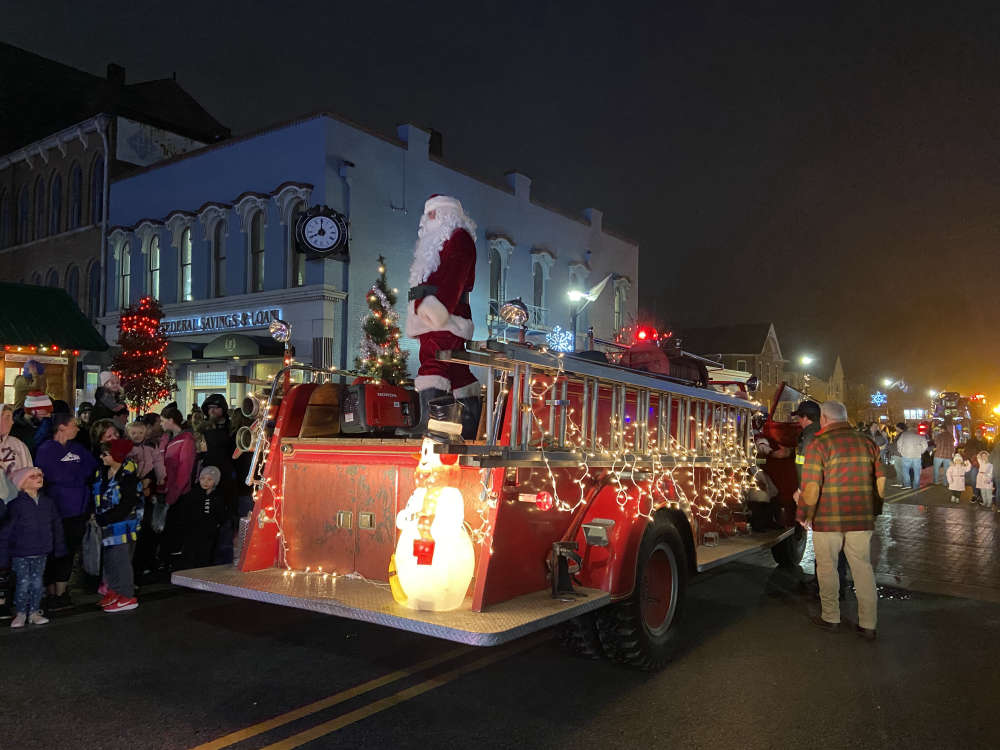 Shelbyville holiday parade registration now open
Shelbyville holiday parade registration now open
 Shelby County Public Library announces Food for Fines
Shelby County Public Library announces Food for Fines
 Letters Home: Historic Matsue City, Shimane Prefecture
Letters Home: Historic Matsue City, Shimane Prefecture




